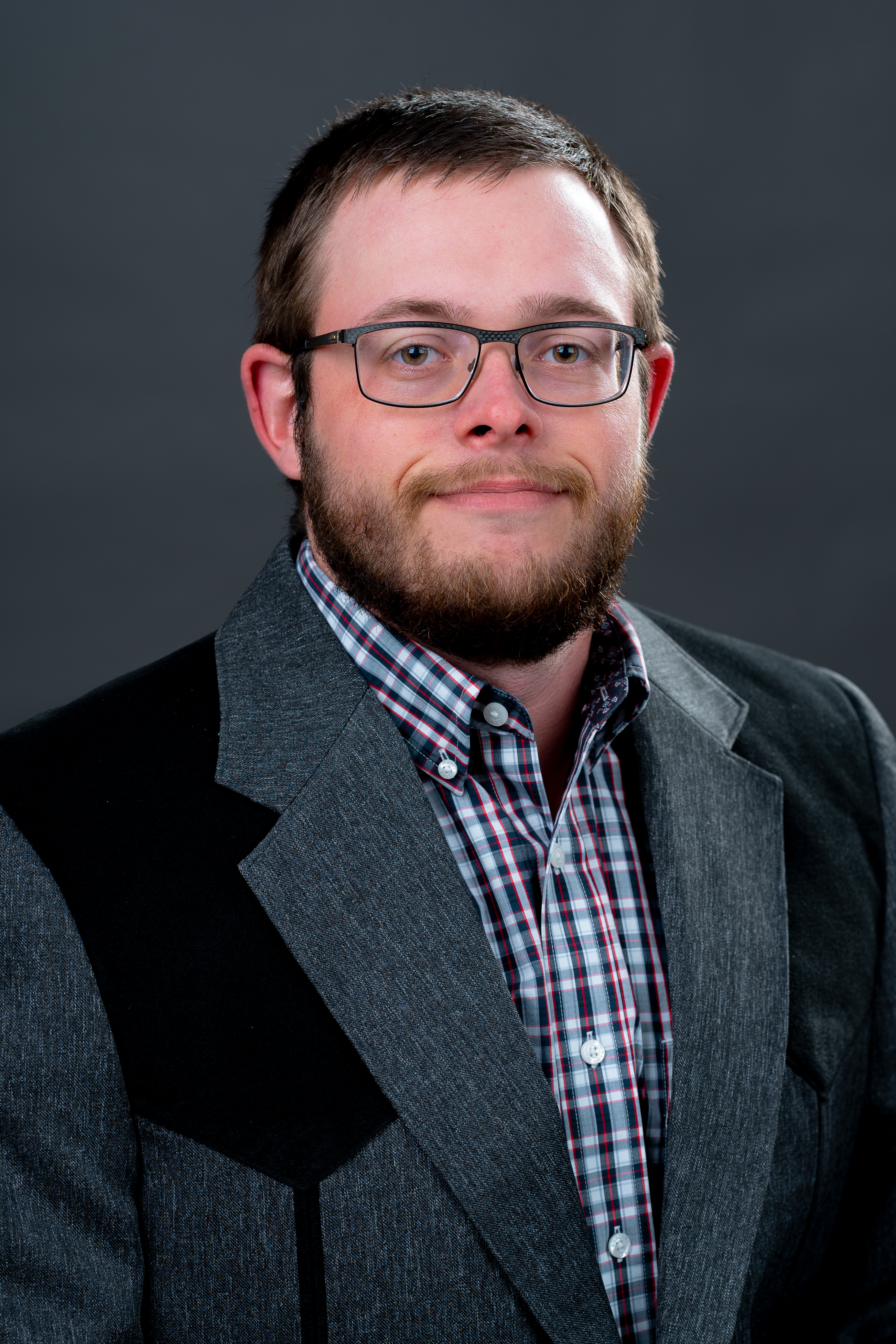By Clayton Cross
Special to Tiger Media Network
We’ve all been there. A good productive cow comes up open, now what do you do? The list of excuses for you to keep her is endless. “She’s always calved early” or “I didn’t have them in the best flesh, It’s not her fault.” We’ve heard them all and maybe used them ourselves. However, when making the common keep or cull decision fault shouldn’t trump financials.
With cow inputs as high as they have been recently it is as important as ever for every cow to be earning her keep. According to a survey done at UNL of operations all over Nebraska ranging from 50-400 head, cow costs averaged $1177.40 annually including both cash and non-cash expenses. This number is an average and some producers will be well beneath this while others may be trying to get down to that number. The same survey showed these operations averaged a net cash income per cow of $177.60 annually. This isn’t a bad profit margin if she returns it every year. The only downside is most operations can’t pocket this income.
Now I bet that a few of you are thinking to yourself wow, those numbers are outrageous, my inputs aren’t near that. Maybe that’s the truth and I hope it is. However, according to Beef magazine most producers estimate their inputs at $700-$800 annually. The Kansas Farm Management Association states that cow cost have been over $1000 since 2013. This misunderstanding can be due to a number of things may be some producers are out of date with how expensive inputs have been or some don’t figure non-cash expenses like depreciation. No matter what the reason some producers probably need to reevaluate these expenses.
Another expense is replacement females. That female has to not only pay her expenses but also pay for you to purchase or retain her in your herd. What this means is that a cow has to pay you back for what you spent buying her or what you spent retaining and developing her into a bred female. As all of us know in the cow-calf industry these expenses fluctuate from year to year but never seem to go away. According to Justin Waggoner, KSU, it takes the profit margin on 4-5 calves to pay for a bred female on average. That means that a cow has to be 5-6 years of age before she starts putting dollars into your pocket. Hard to imagine that on an operation who culls at 10 years of age, half the herd is just working to pay itself off. Only the older half is giving you a true profit margin.
Now that we know what a cow has to do to pay for herself and how long that process is, many producers would think keeping an older cow is better than replacing one as she is paid off or at least closer to it than the replacement heifer. This mentality is a common reason for second chances on open females. While it is true that she may have paid for herself we need to keep that $1177.40 expense number in mind. These expenses go in regardless of if she breeds or not. So, the question becomes if she comes open for one year, will her other years of production pay for this?
According to Beef magazine, the average age of a beef cow in the herd was 8-12 years of age. We’ll assume that the cows on our operation are good fertile females and they stay till 12. The first year of her life she is too young to have a calf the second year she has her first calf and it sells when she is over 2 years of age this means a 12-year-old cow will have sold 11 calves in her life. If we say her first five go to pay for herself that means you have 6 to make you a profit. However, if she comes up open one of those years it drops to five. These five calves at the $177.60 profit equal $880. Yet the year she took off she cost you $1177.40. This means that keeping her for a year will lose you $282.40 in her lifetime.
I realize all operations are different and these numbers are just averages. I don’t want to tell any producer what they need to be doing because this decision, like many others is not one size fits all. Maybe your cows make way over $177.40 a year, stay in the herd till they’re 15, and live on $900 of inputs annually. That’s between you and your neighbors at the feed store or the local co-op. All I’m saying is next time you hear the vet make that dreaded open call keep profit in mind when making that keep or cull decision.
Clayton Cross, a 2018 Macksville High School graduate, is a senior majoring in animal science at Fort Hays State University. He is the son of Brian and Jill Cross, Lewis.

